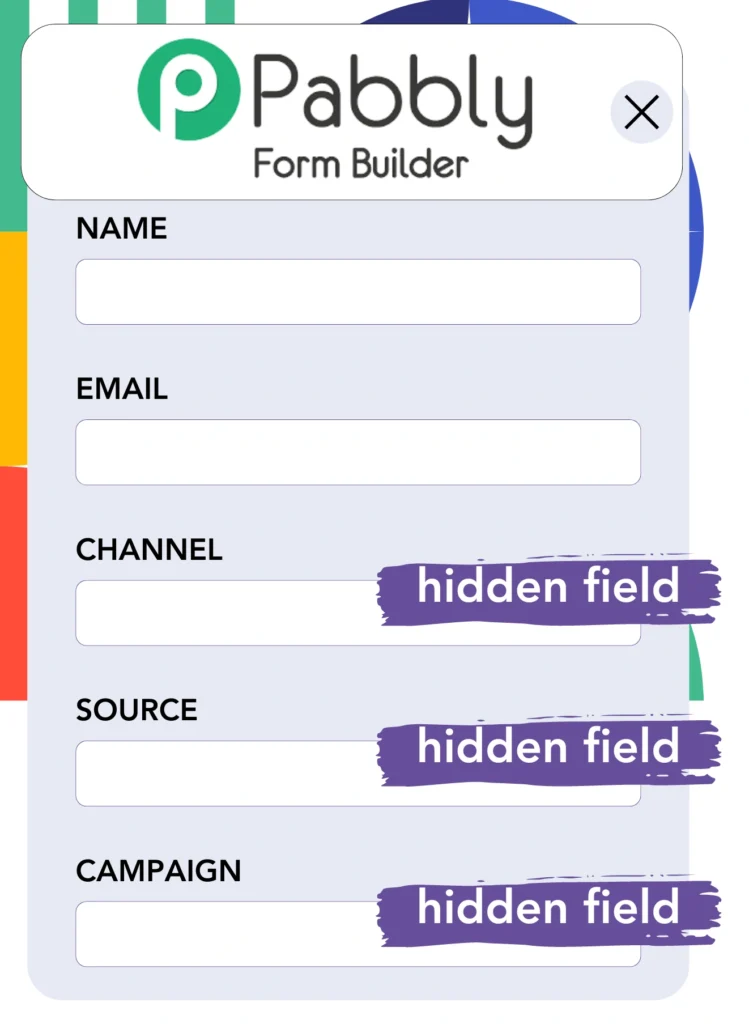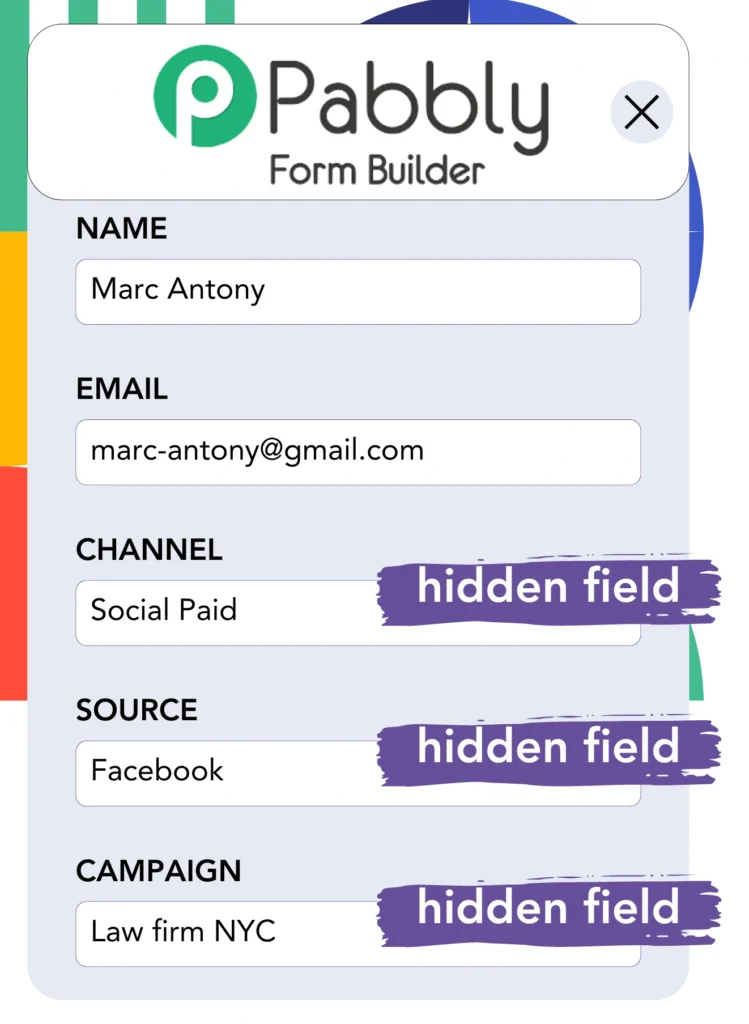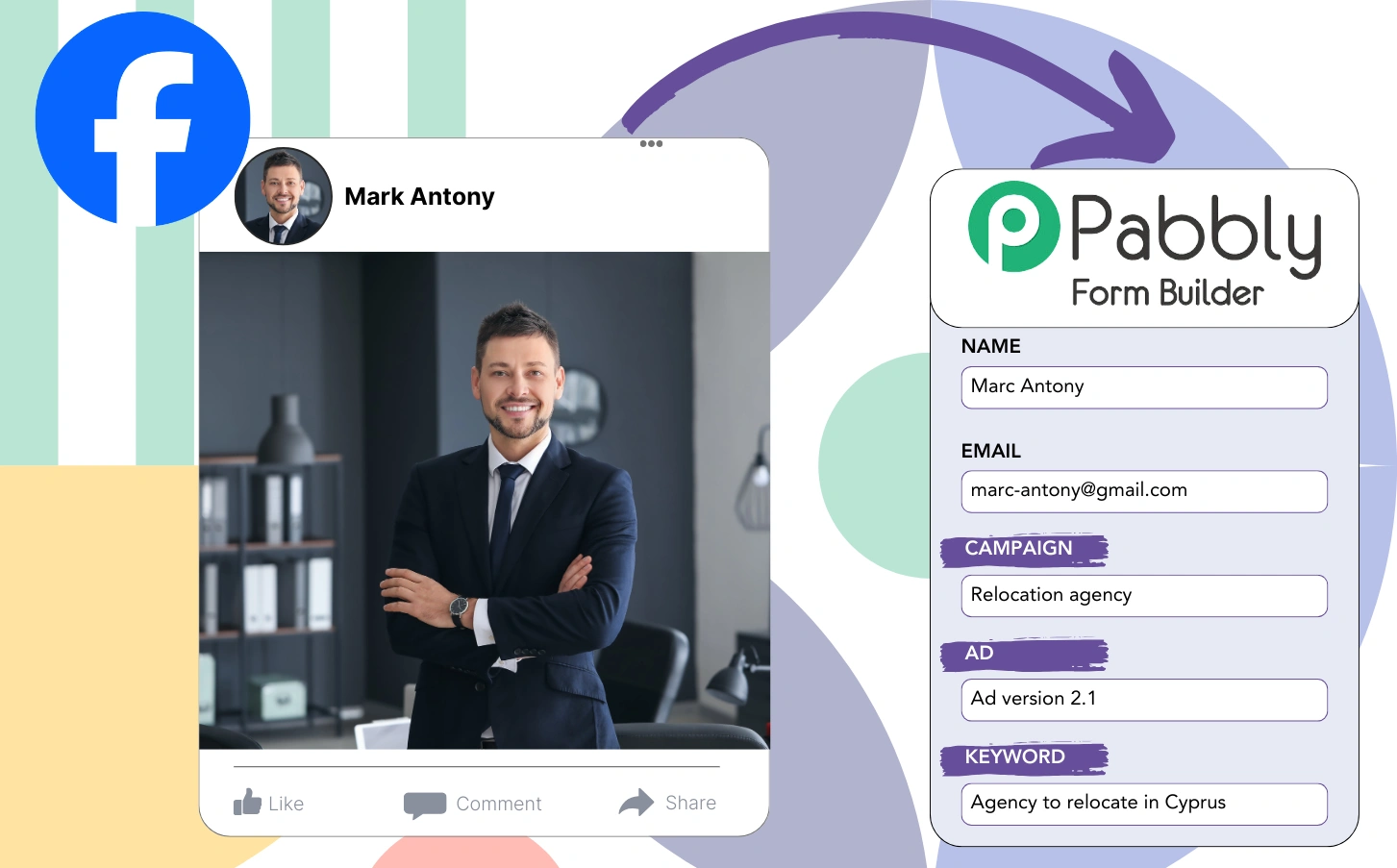You don’t know which Facebook ads are generating your leads, sales, and revenue?
You probably know how many leads in total come from each Facebook ad, but you don’t know where each lead came from.
As a result, you don’t know which Facebook ad generated the leads that converted to customers and can’t optimize your budget accordingly.
Leadsources solves this challenge.
Leadsources captures your Facebook ads data (campaign, Ad Set, audience, ad) down to the lead level.
You can store comprehensive Facebook ads data, including campaign, Ad Set, audience, and ad for each lead in Pabbly Form Builder.
You can then run reports, for example, “Audiences that generated the most leads,” to decide which audience to promote or discontinue.
Let’s dive into it!
Capture Facebook ads in Pabbly Form Builder
Step 1: Add Leadsources in the head tag of your website

Sign up to Leadsources.io, and benefit from our 14-day free trial.
Insert the Leadsources tracking code in the head section of your website. No coding knowledge is required.
Simply follow this easy step-by-step guide.
Step 2: Add the UTM parameters to your Facebook ads campaigns

Insert the UTM parameters you want to track into all your Facebook ads campaigns (campaign, ad set, audience, ad).
Example: Consider including these UTM parameters in the links of your Facebook ads:
- UTM_source
- UTM_campaign
- UTM_term
- UTM_content
Note that Leadsources also captures lead source data even when you don’t use UTM parameters, such as channel, landing page, and landing page subfolder, for a complete understanding of your lead sources on a lead level.
Step 3: Add the hidden fields in Pabbly Form Builder

When someone submits your Pabbly form, Leadsources automatically fills the hidden fields with Facebook ads data (campaign, ad set, audience, ad, etc.).
Follow our detailed guide to add hidden fields in Pabbly to complete the setup.
The Facebook ads data are then saved directly into your Pabbly form by Leadsources (see Step 4).
Step 4: Capture the Facebook ads data in Pabbly form builder

Leadsources collects Facebook ads data (campaign, ad set, audience, ad, etc.) when a visitor clicks on your Facebook ads ad and lands on your website.
The Facebook ads data is automatically added into the hidden fields of your Pabbly form by Leadsources.
When the form is submitted, the Facebook ads data – along with the form’s responses – are sent to the Pabbly submissions page for each lead generated.
How does Leadsources work?
Added the Leadsources tracking code into the head tag of your site allows it to capture Facebook ads data (campaign, ad set, audience, ad, etc.) every time a visitor lands on your website.
The Facebook ads data is subsequently stored in the hidden fields of your Pabbly form.
Leadsources will collect the following visitor data:
- Channel
- Source
- Campaign
- Content
- Term
- Landing page
- Landing page subfolder
This allows you to keep track of key lead source details even when UTM parameters are not present, like when your traffic comes from organic sources such as:
- Google Search
- Instagram bio link
- Social media posts
- Etc.
While most tools only capture lead data when UTM parameters are used, Leadsources works even when no UTM parameters are used, allowing for robust tracking of your lead source.
As a result, unlike other tools, Leadsources tracks lead data from all channels:
- Organic Search
- Paid Search
- Organic Social
- Paid Social
- Referral
- Affiliate
- Display Advertising
- Direct Traffic
This helps you track and unify all lead source data into a single central place.
How to run performance reports
Now that your Facebook ads data is saved in Pabbly, you can create performance reports like:
- Leads per campaign
- Leads per Ad set
- Leads per audience
- Leads per ad
- Etc.
This enables you to make better decisions about your Facebook ads budget.
Let’s look at the various types of reports you can create.
Lead performance reports
Reports can be run to show the volume of leads generated by:
- Channel
- Campaign
- Ad set
- Audience
- Ad
- Landing page
- Landing page subfolder
Example #1
You can export data from campaigns in different channels (SEO, PPC, email, etc.) and create a report named “Leads by Channel.”

Example #2
Once you determine the top-performing channel (e.g., Facebook ads), you can focus on it to view the number of leads from each specific campaign.

Example #3
Once you find the campaign with the highest lead generation, you can explore which particular audience, ad set, or ad is responsible for these leads.

Sales performance report
Identifying the ads and audiences with the highest lead generation is valuable, but do they also contribute to increased revenue?
By importing your Pabbly data into a CRM (such as GoHighLevel), you can create detailed sales reports.
Example:
| Channels | Search Paid | Social Paid |
| Leads | 50 | 75 |
| Sales | 5 | 6 |
| Average order value | $150 | $100 |
| Revenue | $750 | $600 |
Your analysis of ads on Google and Facebook revealed that Social Paid ads generated more leads compared to Search Paid ads.
Analysis over several weeks showed that the Search Paid channel generated higher revenue with fewer leads than the Social Paid channel, which makes you decide to boost the Search Paid campaign budget.

